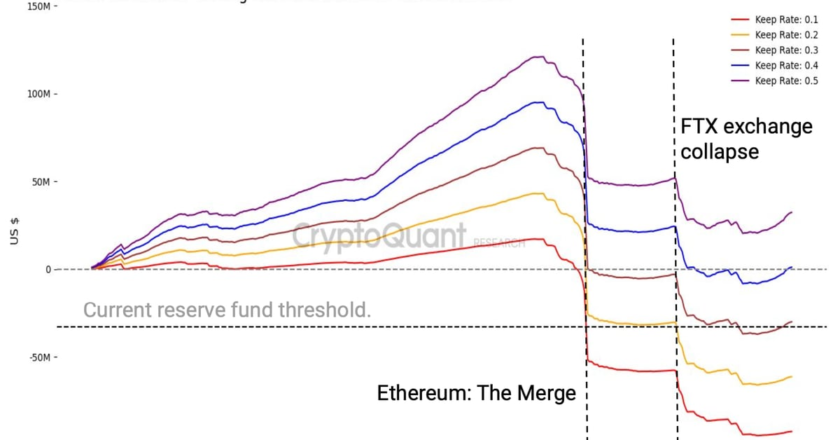Balancer Labs offers great freedom for users to express themselves on the network. Such freedom is an essential building block to several DeFi ecosystems.
Balancer Labs has taken the automated market-making (AMM) a step further by offering multi-asset pools. These pools allow anyone to become a liquidity provider on the platform. Following the launch of the BAL governance token, the Balance network has experienced a quick boost.
Balancer Labs is currently one of the most popular DeFi projects, and deservedly so. Aside from tying up most of the key components from open finance, it also improves on these components. Open finance is still new in the space, complex, and filled with pitfalls. Therefore, having a good knowledge of Balancer provides readers with more insights into these issues.
What Is Balancer Labs?
In simple terms, Balancer Labs is an automated market maker (AMM). It is just like Uniswap, Curve, Shell Protocol, etc. Each of these projects mentioned above has its unique variety of AMM. They either differ or refine preexisting iterations. Also, Balancer Labs serves as a non-custodial portfolio manager, liquidity provider, and price sensor. The platform has developed a protocol that is made up of different public and private liquidity pools.
Balancer protocol offers automatic market-making with the possibility of building an infinity of pools. There are different proportions between tokens and the number of tokens. The exchange fees range between 0.0001% and 10%. Since its launch as an AMM-oriented DEX, Balancer Labs has become one of the leading DEXes today in terms of Total Value Locked (TVL).
Balancer allows end-users more control over the pools that can be developed. One of the major functionalities of Balancer is the capacity to develop pools with multiple assets. These multiple assets can have different weights, unlike the traditional asset pair that has a constant 50/50 ratio. The Balancer Labs protocol supports about eight different assets. These assets can be weighed in different ways, thus creating asset portfolios with different ideas and use cases.
The Balancer team is currently working to deploy their programmable liquidity to both Polkadot and Moonbeam. This move will undoubtedly add an important capability to both Moonbeam and Polkadot in the DeFi ecosystem. They are also in search of developers to help maintain the Balancer deployment on both Polkadot and Moonbeam.
Use Cases of the Balancer Protocol
- It serves as a decentralized exchange
Users of the Balancer protocol can easily execute trading a pair of assets by deploying a Uniswap-like AMM formula. Also, the pool creators can stipulate trading fees that they think are best for the pool use case.
- Creation of pools for different projects
It can be deployed to create pools for different projects to create initial liquidity for their token. Many projects are trying to identify decentralized ways to bootstrap and fund their efforts. The bootstrapping pools of the Balancer network are built to offer fair conditions for initial token distributions.
- A source of passive income
If you invest in a Balancer pool, you will be exposed to the various underlying pool assets. Aside from the exposure, you will partake in the returns that the pool generated from the trading fees.
Conclusion
Balancer Labs offers great freedom for users to express themselves on the network. Such freedom is an essential building block to several DeFi ecosystems.
Having obtained a diploma in Intercultural Communication, Julia continued her studies taking a Master’s degree in Economics and Management. Becoming captured by innovative technologies, Julia turned passionate about exploring emerging techs believing in their ability to transform all spheres of our life.




